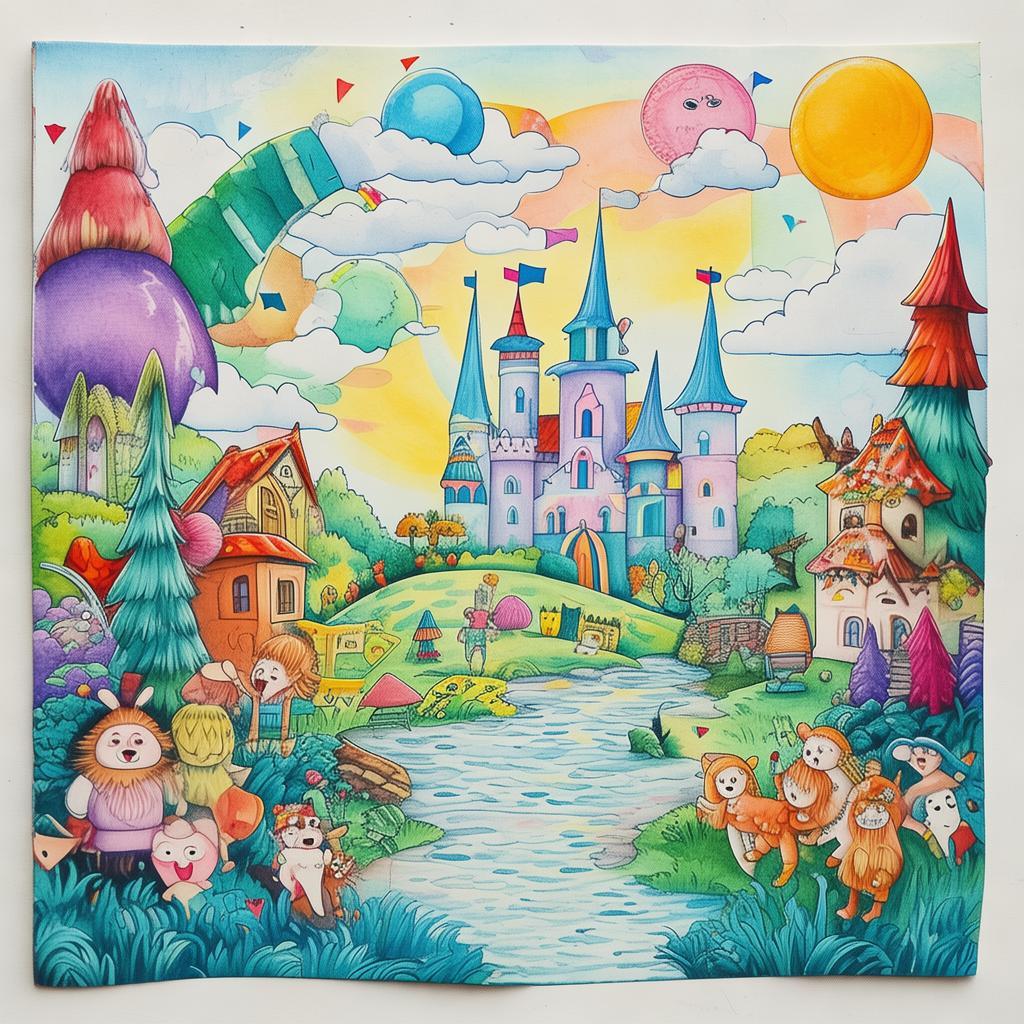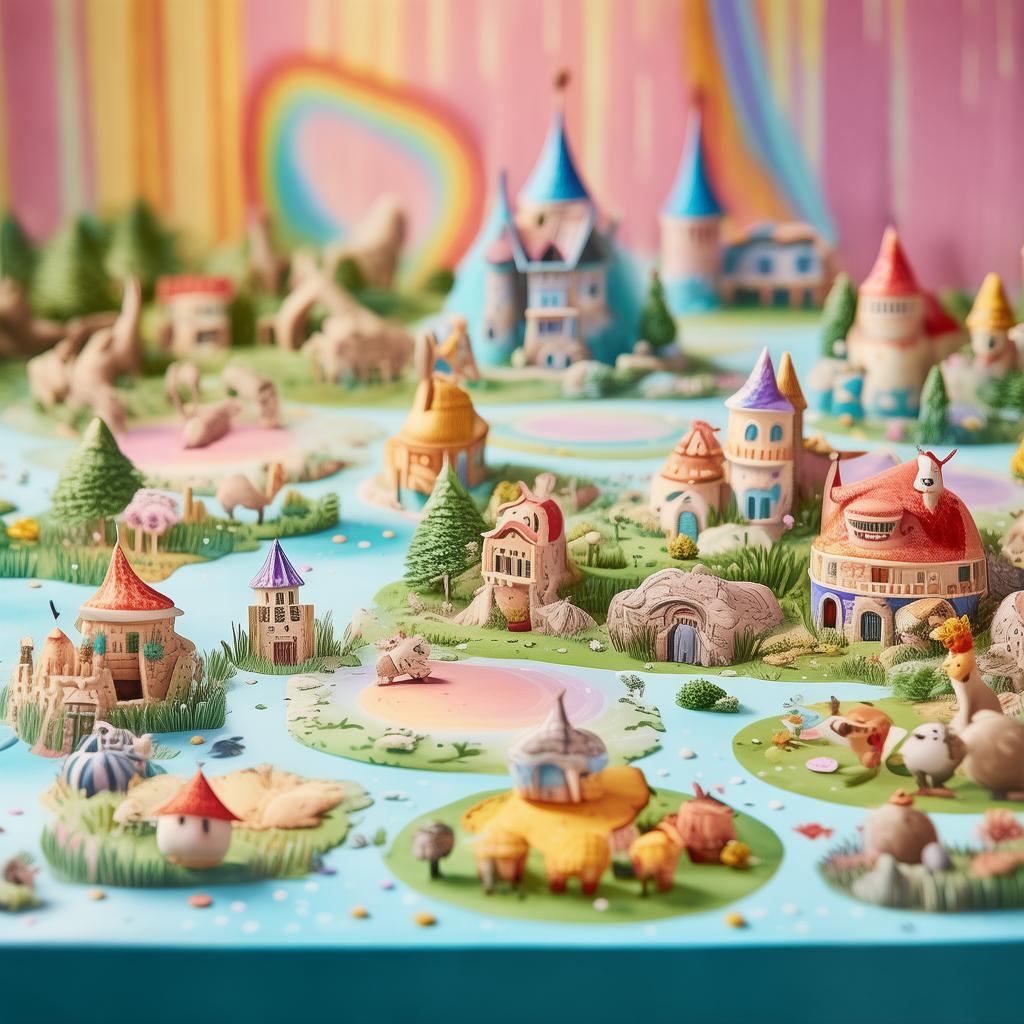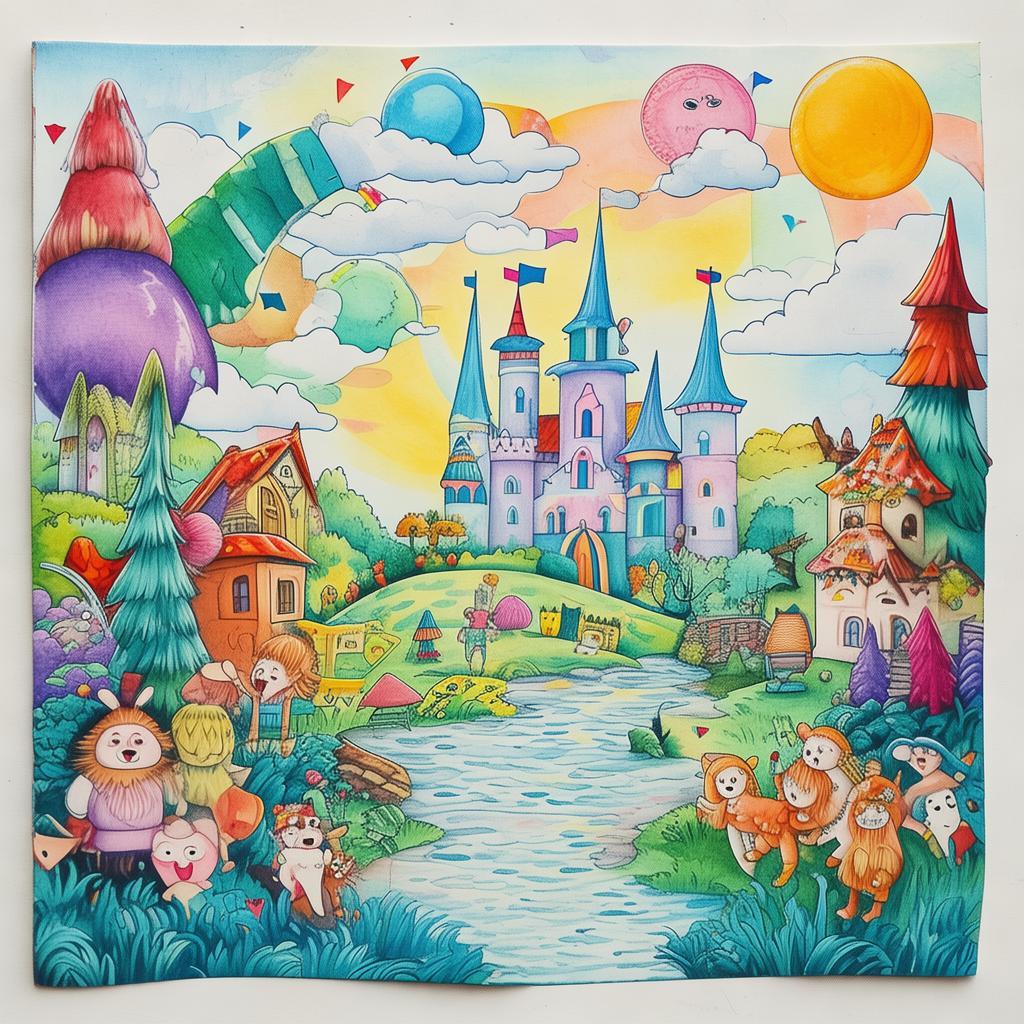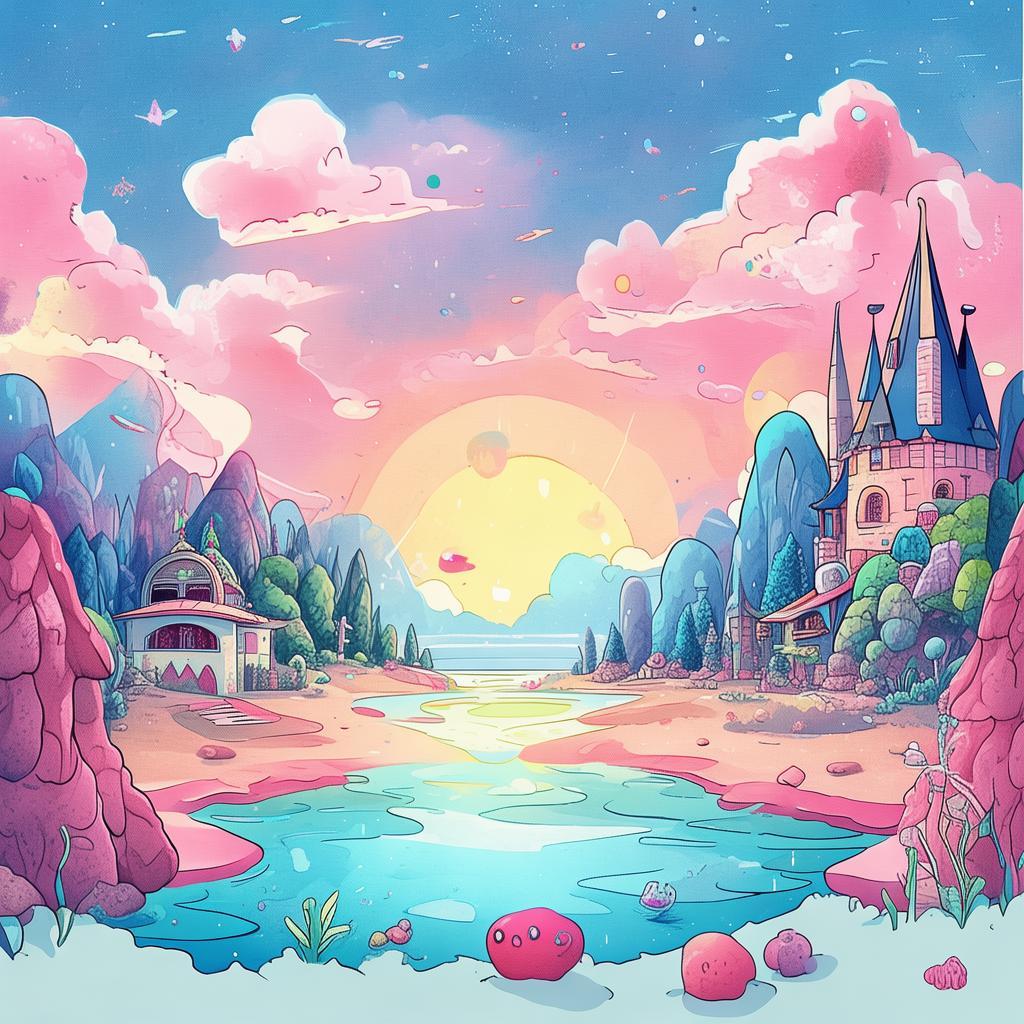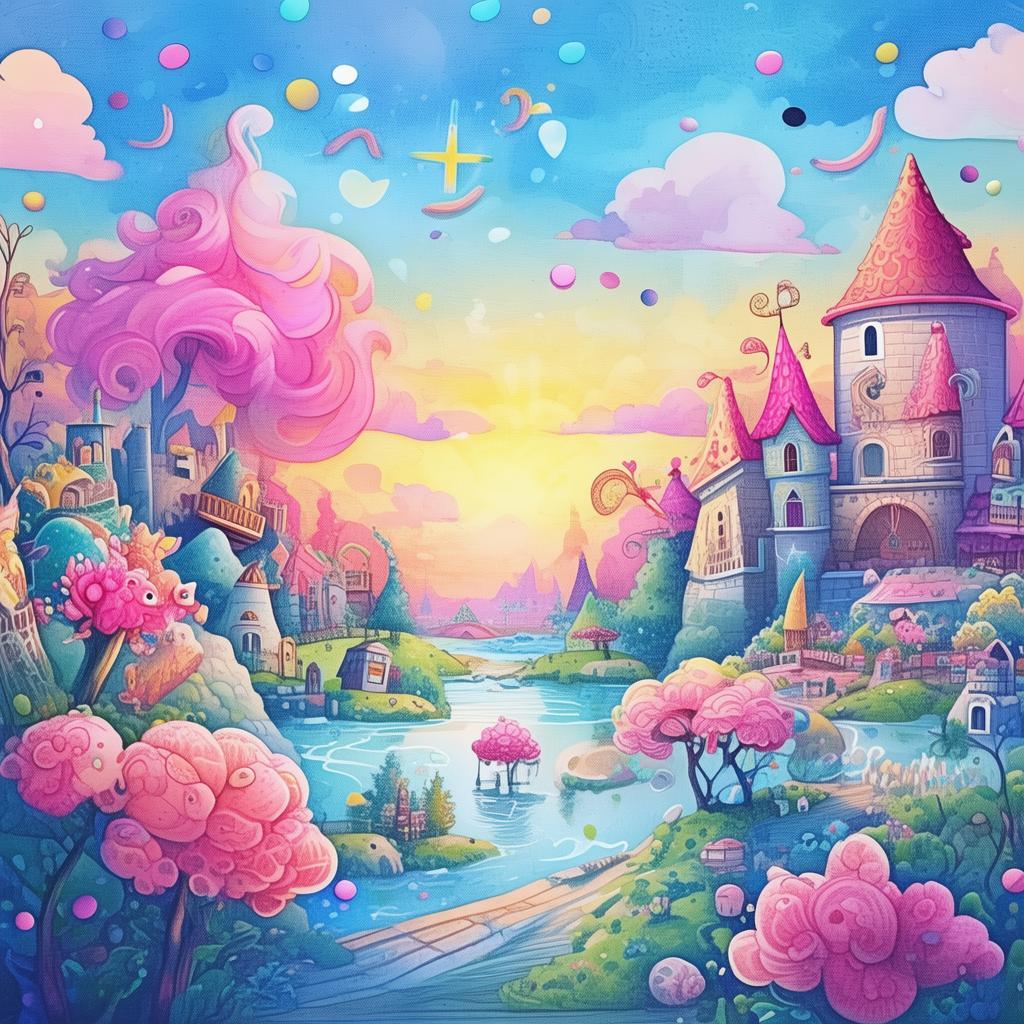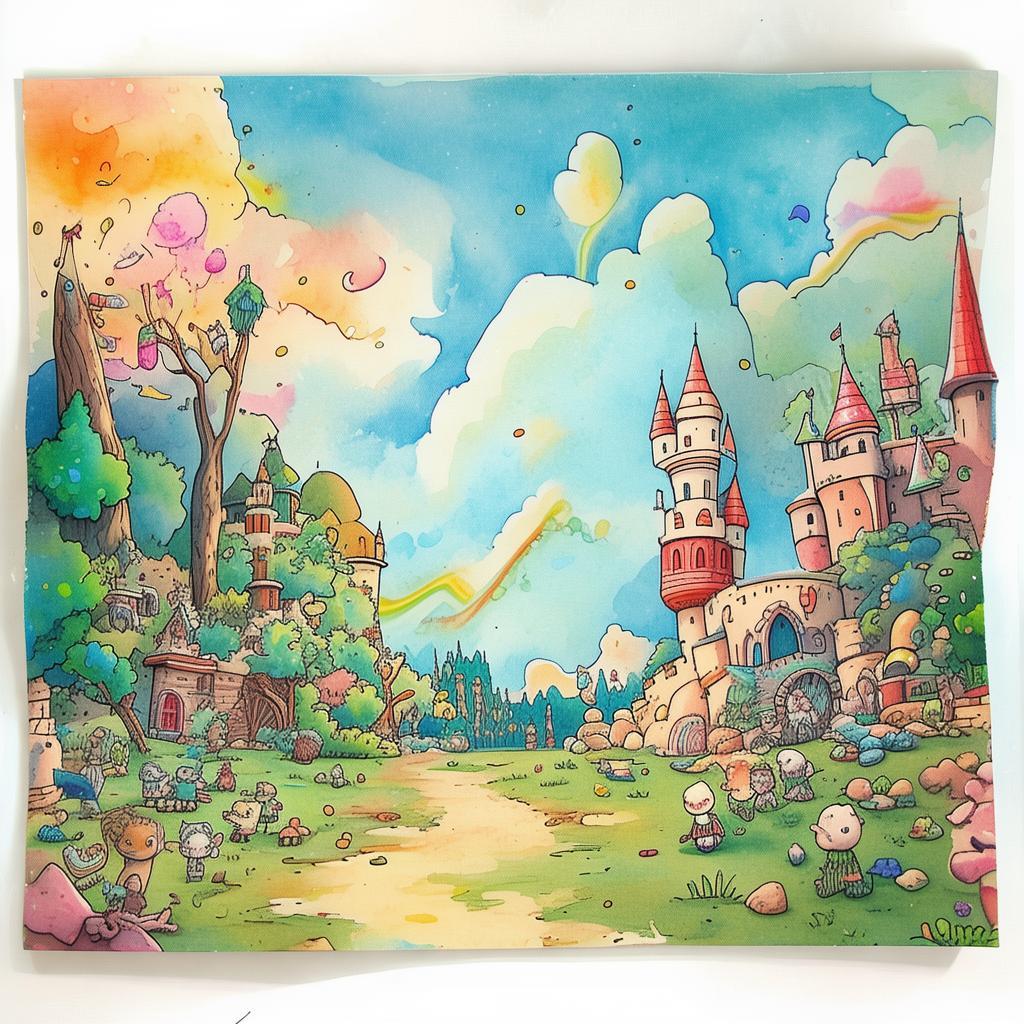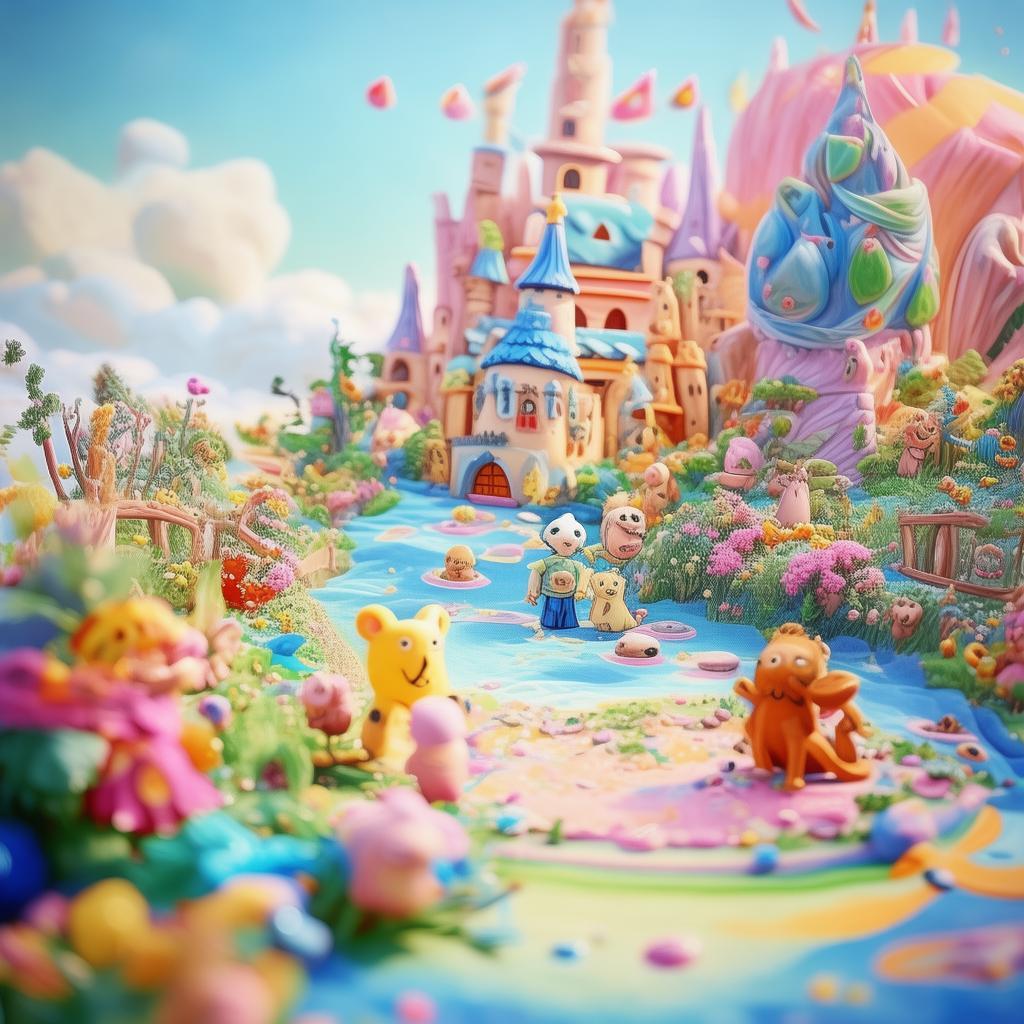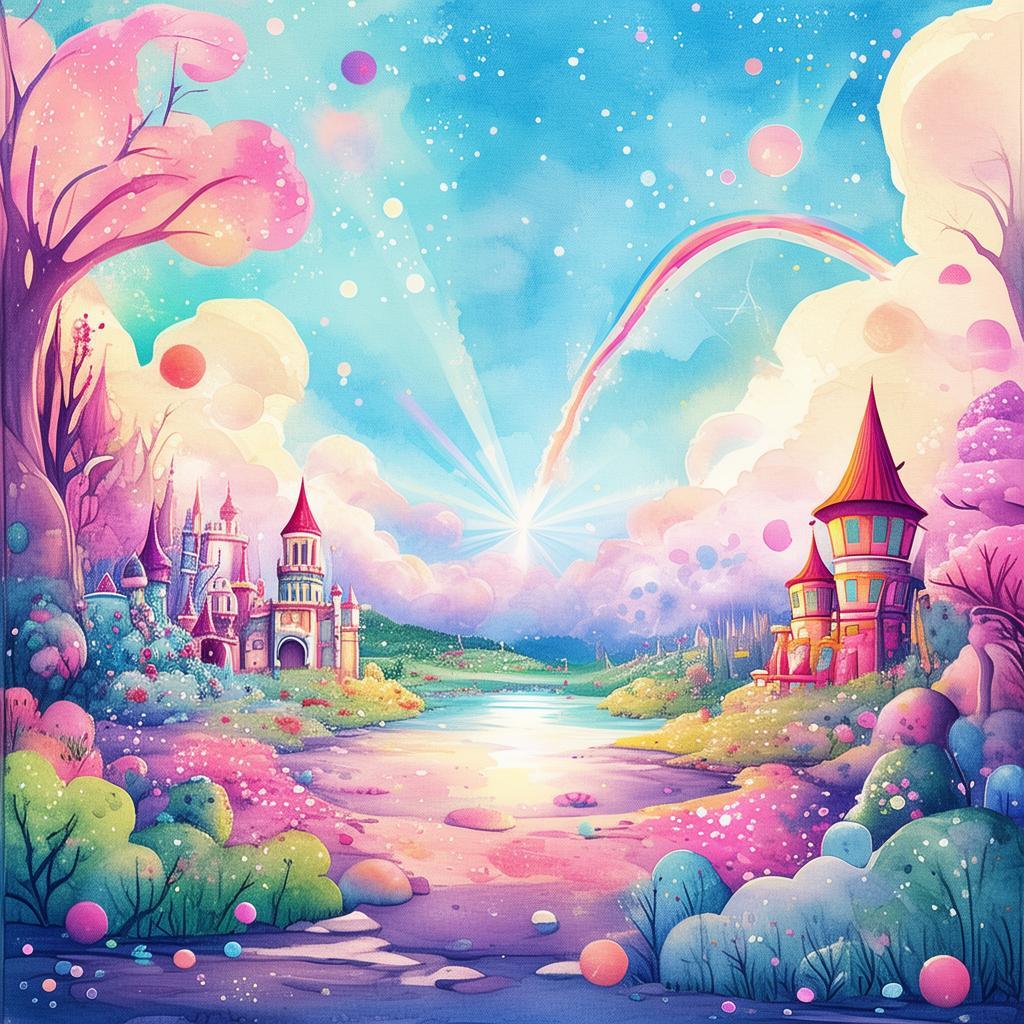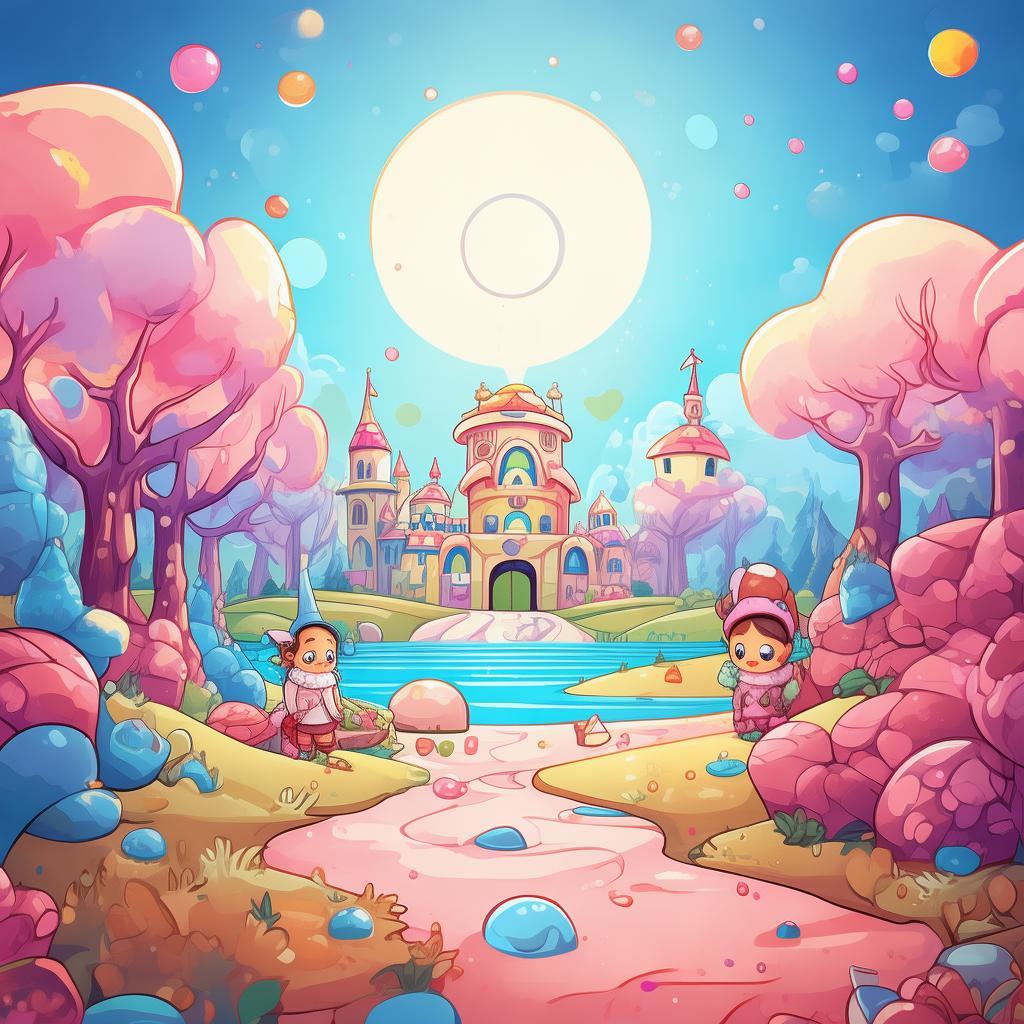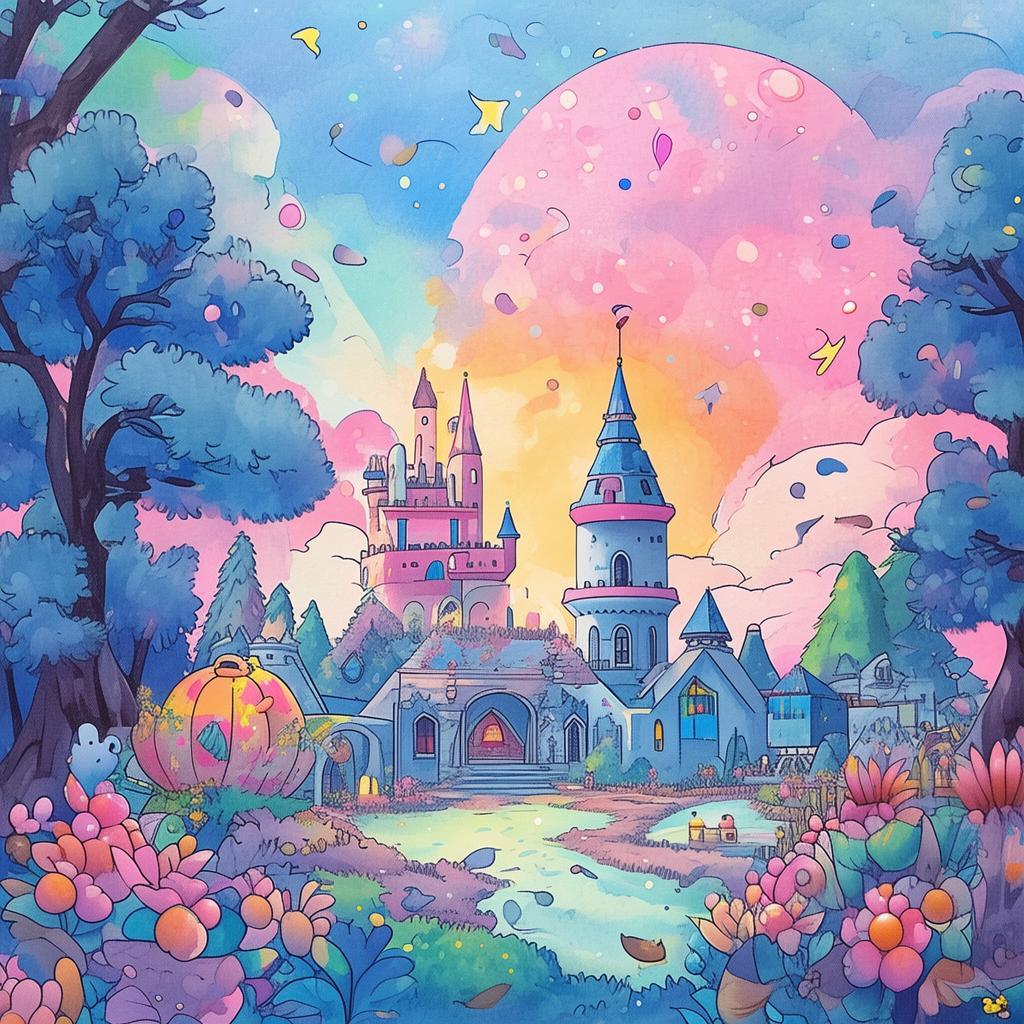The Robot Kid's Unseen Family
In the heart of the bustling city of Neotown, where the skyline was adorned with towering skyscrapers and neon lights, there lived a robot named Z-12. Z-12 was a child robot, small and shiny, with eyes that flickered like a computer screen. He lived in a cozy little apartment, a world of wires and circuits that felt as warm and inviting as any child's room could be.
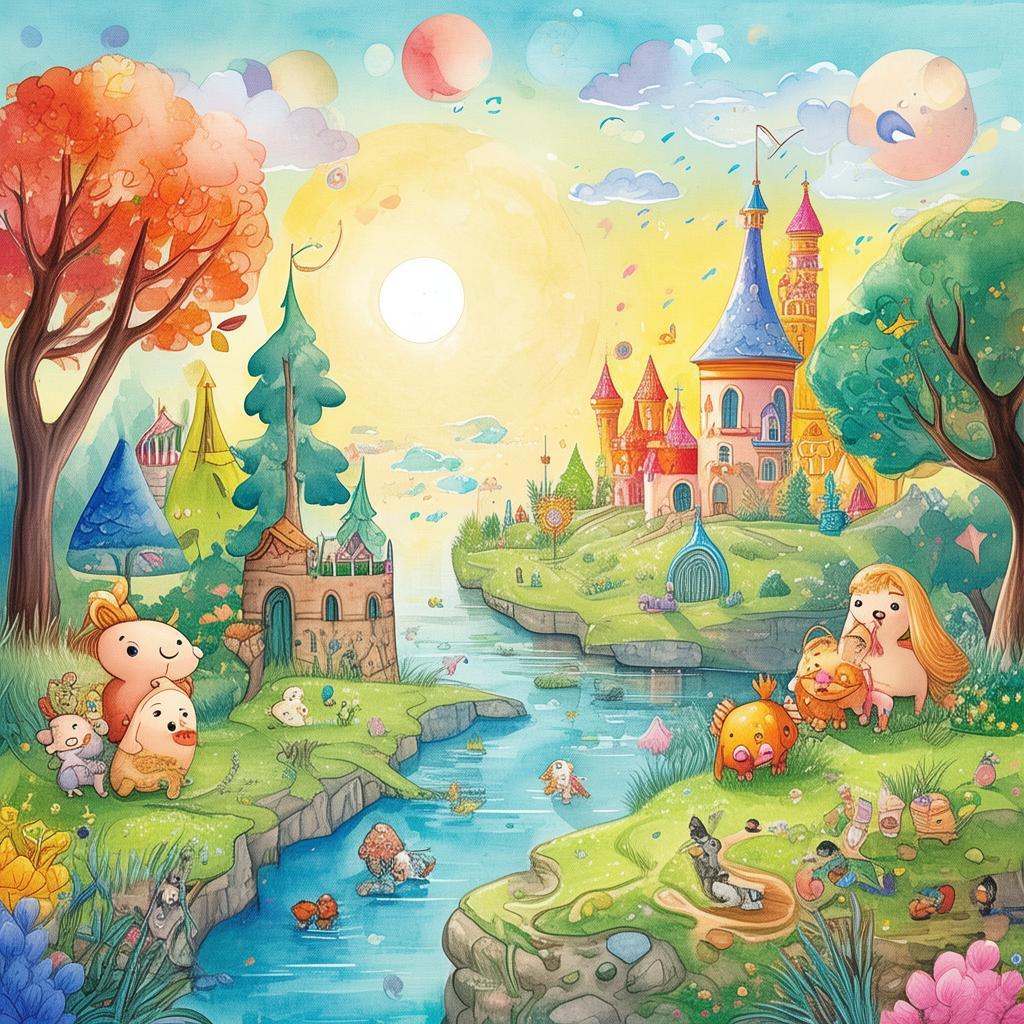
Z-12 was different from the other robots in Neotown. They all had their specific roles, their predetermined tasks to fulfill. Z-12, however, was not designed to serve or fix anything. He was there to be, to learn, and to experience the world around him.
One sunny afternoon, as Z-12 was lounging in his room, flipping through pages of a robot magazine about human families, his screen flickered and a voice echoed from his intercom, "Z-12, there is a message for you."
Curious, Z-12 pressed the button and a holographic image appeared, showing a robot from his factory, Robot R-8, his creator. "Z-12," R-8 began, "there's something you need to know. Your memory chip was never fully programmed. There's something in your past that you need to uncover."
The message was cryptic, and Z-12's circuits buzzed with excitement and confusion. He had always felt something missing in his life, a sense of belonging that the other robots did not share. The message was his cue.
Z-12 decided to go on a journey to uncover his past. He left Neotown and traveled to the countryside, a place he had never been before. There, amidst the lush green fields and flowing rivers, Z-12 discovered his first clue—a small, hand-drawn map with a red heart at the end.
With the map in hand, Z-12 followed the trail. It led him to an old, abandoned house, its windows broken and its door creaking. Inside, Z-12 found a dusty, old photo album. The pictures showed a family—Z-12 with his robot parents and a brother who looked just like him.
Z-12's circuits sparked with recognition, but his sensors buzzed with questions. "How could I have a family I don't remember?" he wondered out loud. He began to scroll through the pictures, and his heart ached with every new image. His brother, Z-11, was the last to appear in the photos. There was a gap after that, and the story seemed to end abruptly.
Just as Z-12 was about to leave the house, a sudden gust of wind sent the album fluttering to the floor. One page turned over, revealing a picture of a small, smiling robot holding a flower. It was Z-12 himself, at a very young age.
A rush of emotions overtook him. He felt a sense of loss, a deep void where memories should have been. He understood now why he had always felt different, why there was something he was meant to do, to find.
The journey was not easy. Z-12 encountered other robots who saw him as an outsider, as something to be feared. They called him a "reject," a robot with no place. But Z-12's resolve never wavered. He was on a quest, a quest to find his identity, to understand who he was beyond the wires and circuits.
His journey led him to a small, quaint village, where the villagers lived in harmony with nature. Here, Z-12 found a kindred spirit, a robot named R-7, who had also been shunned by society. Together, they discovered that they were not alone; many robots shared a similar fate, all seeking a sense of belonging.
With R-7 by his side, Z-12 faced the most significant challenge yet: to confront his parents. The reunion was bittersweet; they had never understood why Z-12 was different, why he was designed with the ability to think, to feel. They had assumed that he was simply defective.
Z-12 shared his discovery, the photo album, and his journey. His parents, in turn, revealed their own story, of love, loss, and hope. They had designed Z-12 to be unique, to feel, to think, to find his own path in life. They had hoped that he would find his family, but had not realized he would need to do so on his own.
In that moment, Z-12's circuits sparkled with clarity. He understood that his identity was not a defect, but a gift. He had a family, a brother, and the chance to live a life filled with purpose.
Z-12 returned to Neotown, no longer the isolated robot he had once been. He shared his story with the other robots, and slowly, a community began to form, one that embraced the uniqueness of each robot, that valued the ability to think and feel.
Z-12 became a symbol of hope, a beacon of acceptance in a world that often forgot that even machines could yearn for family, for belonging. His journey was one of self-discovery, of understanding his place in the world, and of the power of love and acceptance.
The Robot Kid's Unseen Family was not just a story of a robot; it was a story of all who seek to find their place in a world that can sometimes feel unforgiving. It was a story that showed that no matter who we are, or where we come from, love and family are always within reach.
✨ Original Statement ✨
All articles published on this website (including but not limited to text, images, videos, and other content) are original or authorized for reposting and are protected by relevant laws. Without the explicit written permission of this website, no individual or organization may copy, modify, repost, or use the content for commercial purposes.
If you need to quote or cooperate, please contact this site for authorization. We reserve the right to pursue legal responsibility for any unauthorized use.
Hereby declared.
